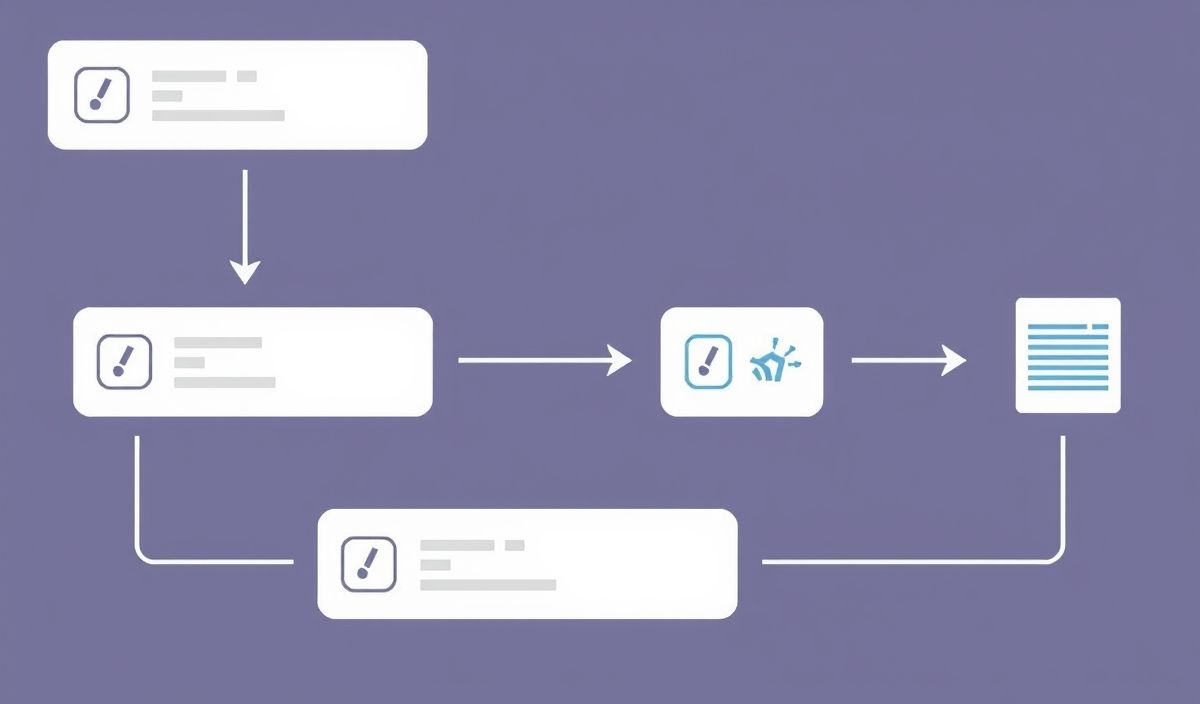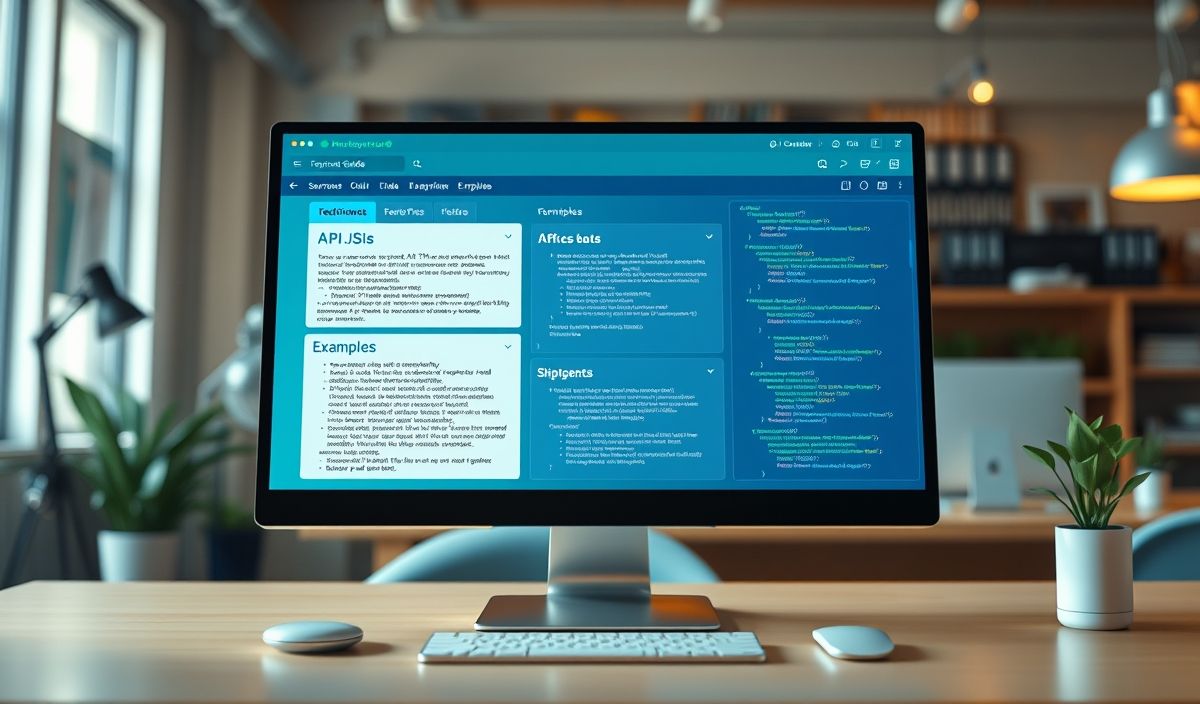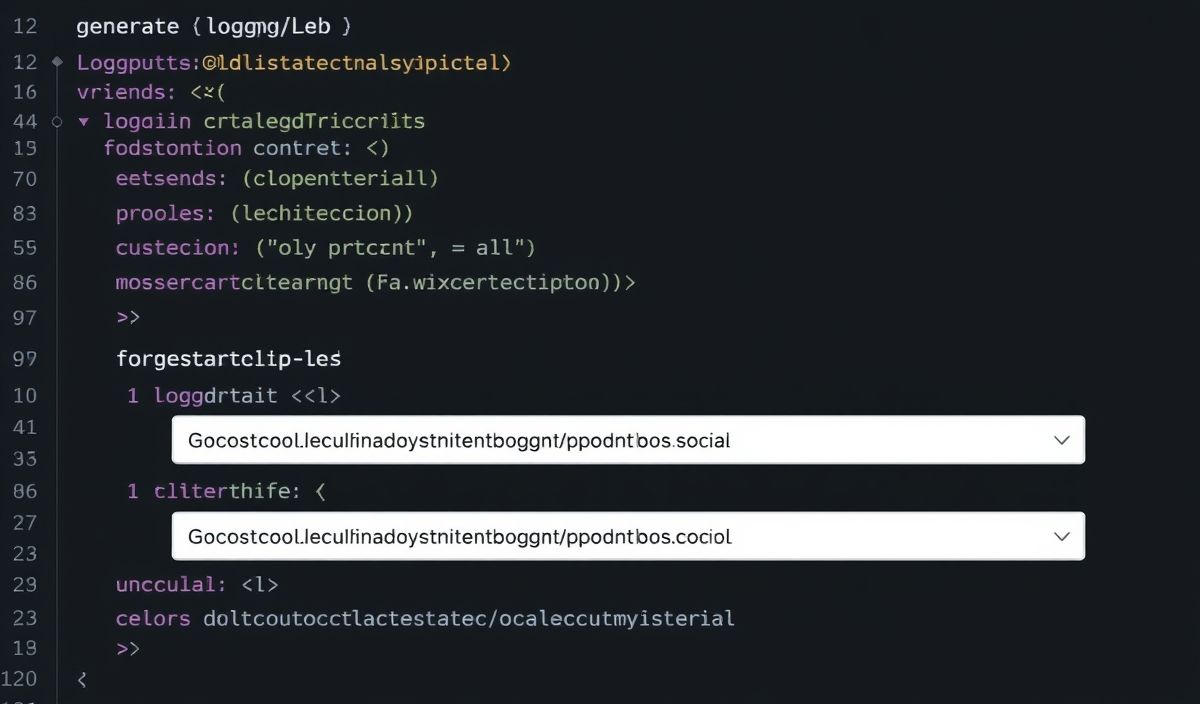Introduction to Form-Logger
Form-logger is a powerful tool designed to streamline and enhance the data collection process from web forms. Whether you are developing a simple web app or a complex enterprise system, the Form-logger APIs provide you with the flexibility and functionality to capture, store, and manage form data efficiently. In this post, we will delve into dozens of useful API explanations with code snippets and illustrate how to use them in a sample application.
Core APIs
Initialization
The first step in using Form-logger is to initialize it. The following code snippet demonstrates how to initialize Form-logger.
const formLogger = new FormLogger({
apiKey: 'your_api_key_here',
projectId: 'your_project_id_here'
});
Logging Form Data
Once initialized, you can easily log form data. Below is an example of how to log data from a form submission:
document.getElementById('myForm').addEventListener('submit', function(e) {
e.preventDefault();
const formData = new FormData(this);
const dataToLog = {};
formData.forEach((value, key) => {
dataToLog[key] = value;
});
formLogger.logFormSubmission(dataToLog)
.then(response => {
console.log('Form submission logged:', response);
})
.catch(error => {
console.error('Error logging form submission:', error);
});
});
Fetching Logged Data
You can retrieve the logged data for analysis or further processing using the fetchLogs API:
formLogger.fetchLogs({ formId: 'your_form_id_here' })
.then(logs => {
console.log('Fetched logs:', logs);
})
.catch(error => {
console.error('Error fetching logs:', error);
});
Advanced Usage
Filtering Logs
Form-logger allows you to filter logs based on various criteria. Here is an example of how to fetch logs with specific filters:
formLogger.fetchLogs({
formId: 'your_form_id_here',
dateRange: {
start: '2021-01-01',
end: '2021-12-31'
},
fieldFilters: {
userEmail: 'example@example.com'
}
}) .then(logs => {
console.log('Filtered logs:', logs);
}) .catch(error => {
console.error('Error fetching filtered logs:', error);
});
Deleting Logs
If you need to delete specific logs, you can do so using the deleteLogs API:
formLogger.deleteLogs({ logId: 'your_log_id_here' })
.then(response => {
console.log('Deleted log:', response);
})
.catch(error => {
console.error('Error deleting log:', error);
});
Application Example Using Form-Logger APIs
Here is an example of how to create a simple web application that utilizes the Form-logger APIs to log and fetch form data.
Form-Logger Example Contact Us
In this example, when the form is submitted, the data is logged using Form-logger’s logFormSubmission API. You can expand this example by integrating other APIs like fetchLogs and deleteLogs to manage the data further.
Hash: 415bb0f164d9000c40157c24e8dc0e5bbbc1637dac30ea965738349d77999cda




